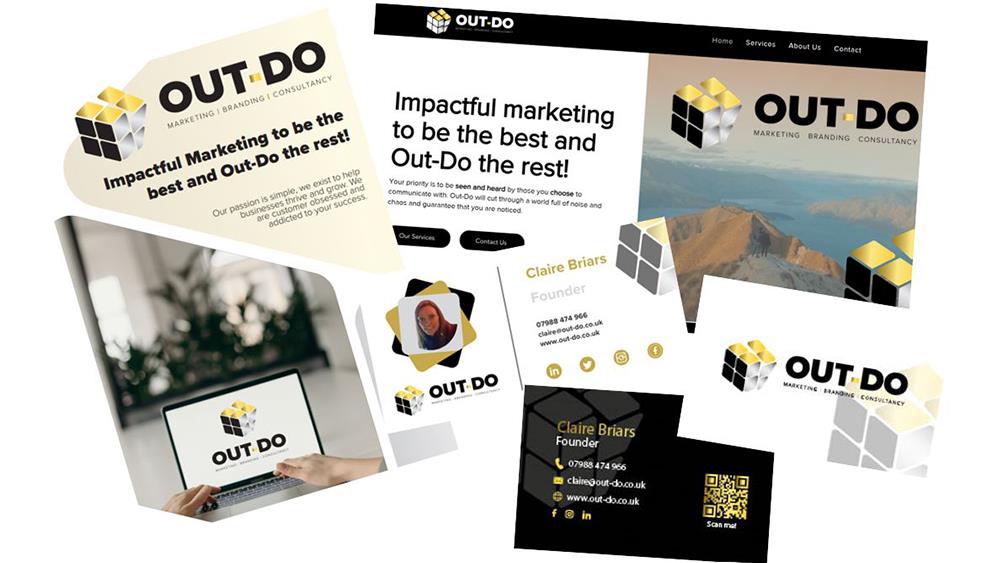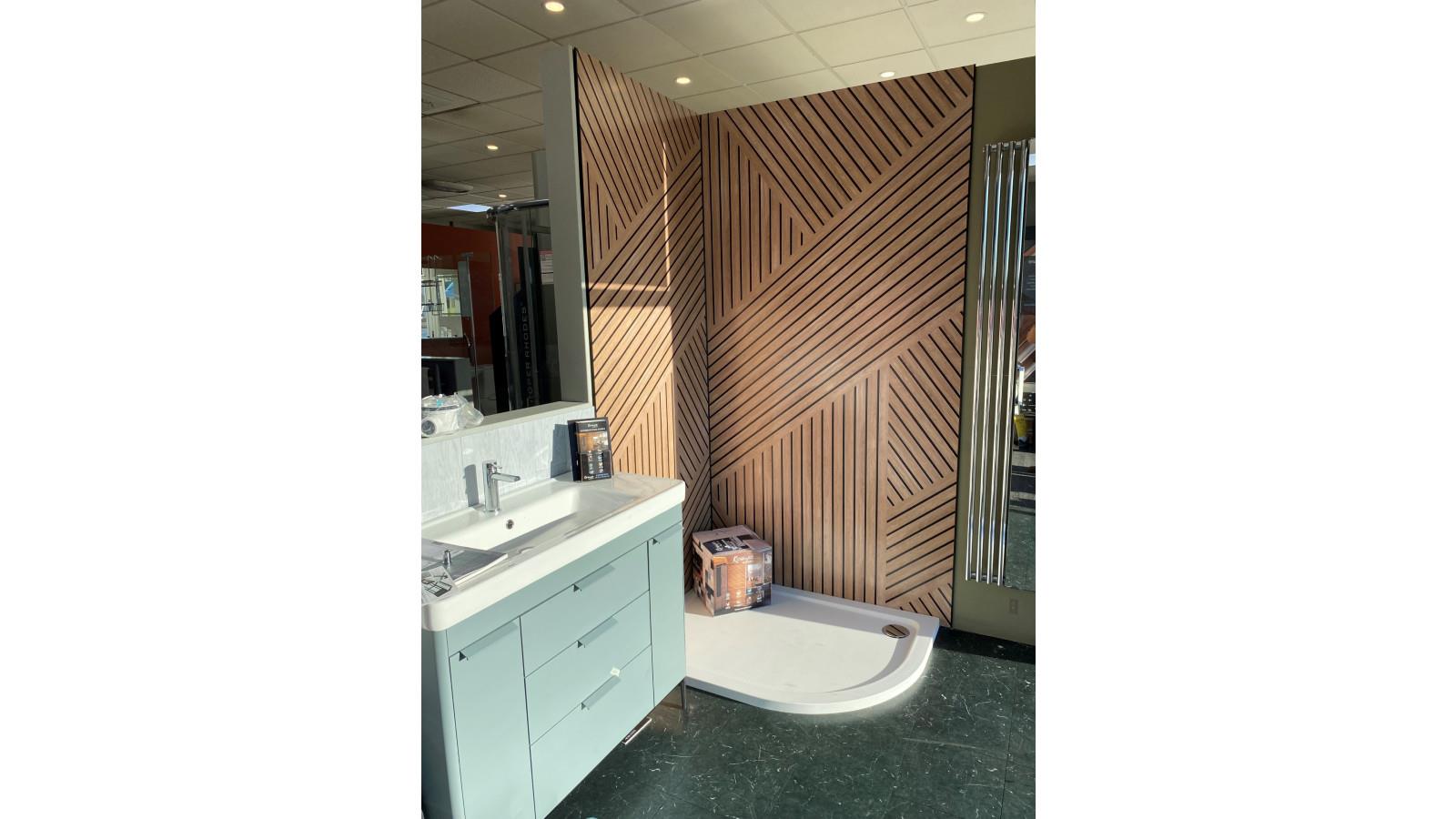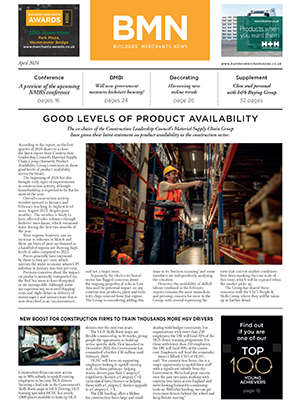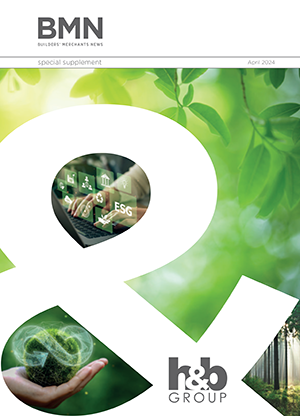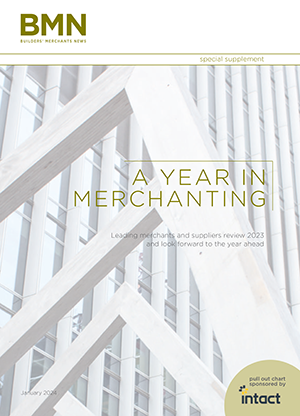Once, you couldn’t move in business without a corporate brochure or product catalogue. Since the rise of the Internet, there’s been a shift towards online marketing. After all, if you can send information at the click of a mouse, or quickly update details whenever you need to, why pay for printing or posting?
Yet printed collateral still has its place – and can be a very powerful sales and marketing tool. When fewer competitors are choosing the printed option, it’s the perfect chance to go ‘old school’ and we’re seeing renewed interest from customers in this tried-and-tested route.
These days, when getting something through the post is a novelty, direct marketing is surprisingly effective. Similarly, there’s something special about browsing through a printed brochure.
Printing doesn’t need to be expensive. We’re finding that customers see digital printing as an easy way of creating cost-effective short runs for tactical campaigns or promotions. It means they don’t need to commit to storing dozens of boxes in the warehouse or risk having loads of out-of-date copies left when it’s time to refresh the brochure.
The trick is to match the right message to the best printed material for the task.
Brochures are still a really strong way of creating brand awareness, offering an at-a-glance introduction to what you do and showing your products and services in a visually compelling way. They don’t have to be massive – 8 or 12 pages will deliver that essential hook to capture customers’ interest. They’re especially good if your product range is available in a builders’ merchant. An eye-catching brochure, with lots of images and printed on glossy paper, will really stand out in a branch and means that prospective customers don’t have to remember to log-on to your website later.
Catalogues are a great option once your product range hits a certain size. The more Stock Keeping Units (SKUs) you have, the easier it is for customers to have a comprehensive catalogue, which can sit on their desk when they need to make their next order.
For specific products, datasheets are a good idea, giving product specifiers and users a handy guide that they can keep and refer to. A single sheet or four-page mini-brochure can outline all of the necessary technical specs for builders and contractors, such as dimensions, colour options or installation instructions. They’re great for putting onto a website as a download, but many of our marketing clients also find that customers really appreciate being given a printed version.
When it comes to promotions, flyers are essential – quick to design and print, easy to send to merchants and handy for keeping on trade counters.
If you want to send offers through the post, think postcards. Digital printing makes it very easy to send targeted, personalised promotions through people’s doors. It’s an impactful way of keeping in touch with regulars, or bringing customers through the door who might not have done business with you for a while. We’re seeing a real trend towards targeting by postcode. Contractors working at a particular home are sending their details to houses up and down the road and getting enquiries from the neighbours.
Whatever routes you take with your marketing materials, there are more options now than ever in terms of printing styles, paper types and thicknesses, or quirky decorative effects for a dazzling appearance.
Used wisely, and ideally in tandem with other forms of marketing and PR, you can reinforce your brand, drive footfall and increase sales through the power of printed marketing materials.
Simon Kinnear is director of communications at Balls2 Marketing.



